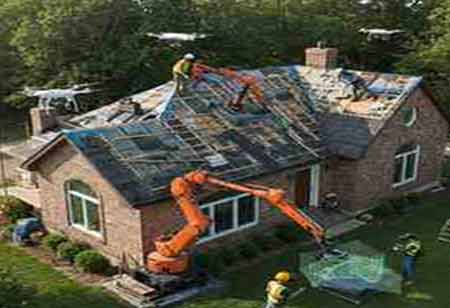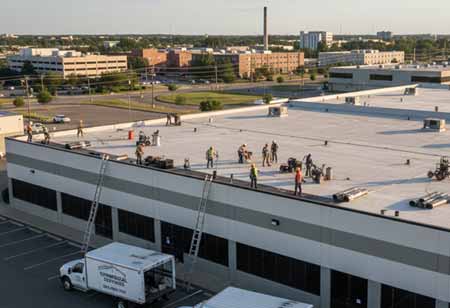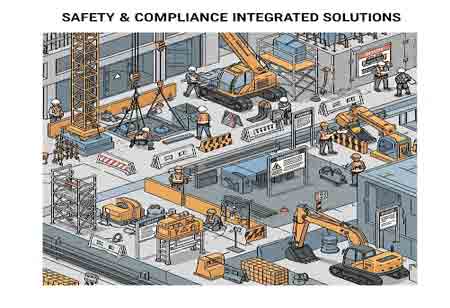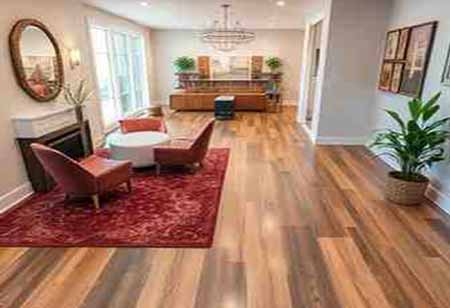Thank you for Subscribing to Construction Business Review Weekly Brief
Specials
- Apartment and Condominium Contractors Canada
- Decking Canada
- Architectural Glass Europe
- MEP APAC
- Construction Saudi Arabia
- German Apartment and Condominium Contractors
- Construction Law APAC
- Outdoor Construction
- Foundation Construction Canada
- MEP Canada
- Kitchen and Bath
- Cold Storage Construction APAC
- Precast Concrete Europe
- Construction Staffing Europe
- Pre-Construction Services
- Flooring System APAC
- Scaffolding Canada
- Swimming Pool Construction Canada
- Construction Management Canada
- Cold Storage Construction Canada
- Flooring Systems Europe
- Residential Construction
- Concrete Canada
- Construction Cladding Europe
- Construction Cladding APAC
- Concretes, Aggregates and Construction Materials APAC
- Concretes, Aggregates and Construction Materials Europe
- Commercial Contractors Europe
- Commercial Contractors APAC
- Dummy
- Construction Insulation, Coating and Waterproofing
- Construction Management APAC
- Landscaping Canada
- Construction Coating Europe
- Construction Tech Startups Europe
- Insulation Services Europe
- Mechanical Contractor Canada
- Mould Remediation and Testing Europe
- Swimming Pool Construction APAC
- Building Sealing Solutions Europe
- Construction Engineering Services
- Mechanical Electrical and Plumbing
- Roofing Systems Europe
- Architectural Glass APAC
- Startups APAC
- Construction Forensic and Owners Representative
- Flooring System
- Waterproofing APAC
- Wall Systems
- Safety and Compliance Europe
- Construction Bidding and Auctions
- Modular and Prefab Construction
- Architectural Glass
- Construction MENA
- Construction Demolition and Recycling Europe
- Modular Construction Europe
- Construction Interiors
- Steel Building APAC
- HVAC
- Doors and windows
- Construction Latam
- Building Information Modeling APAC
- Sustainable Construction APAC
- Building Restoration and Maintenance
- Commercial Contractors
- Specialty Construction
- Construction Engineering Canada
- Construction Engineering MENA
- Modular Construction Canada
- Modular Construction APAC
- Roofing and Siding Systems
- Workforce Management and Staffing
- Roofing Systems APAC
- Construction Consulting
- Steel Building Europe
- Construction Demolition and Recycling APAC
- Safety and Compliance APAC
- Concretes, Aggregates and Construction Materials
- Construction Cladding
Innovative Trends Transforming Commercial and Residential Roofing
The roofing sector is transforming significantly, propelled by technological innovations, sustainability initiatives, and shifting consumer demands.

By
Construction Business Review | Wednesday, April 16, 2025
Stay ahead of the industry with exclusive feature stories on the top companies, expert insights and the latest news delivered straight to your inbox. Subscribe today.
The roofing industry embraces energy-efficient materials, innovative technology, and weather-resistant designs to enhance durability and sustainability.
Fremont, CA: The roofing sector is transforming significantly, propelled by technological innovations, sustainability initiatives, and shifting consumer demands. Innovations in both commercial and residential roofing are improving durability, energy efficiency, and environmental sustainability. As businesses and homeowners pursue affordable and enduring options, emerging trends are redefining the future landscape of roofing.
Energy-Efficient and Sustainable Roofing Solutions
A prominent trend in the roofing industry is the increasing adoption of energy-efficient and sustainable materials. Cool roofing systems, which are engineered to reflect sunlight and minimize heat absorption, are becoming increasingly favored in commercial buildings to reduce cooling expenses and enhance energy efficiency.
Additionally, green roofs incorporating plant life are attracting attention due to their ability to provide insulation, improve air quality, and assist in stormwater management. In residential roofing, solar-ready designs are on the rise, facilitating the seamless integration of solar panels into roofs. Furthermore, using recyclable and environmentally friendly materials is on the upswing, contributing to a reduced environmental impact of roofing projects.
Smart Roofing Technologies and Advanced Materials
The incorporation of innovative technology into roofing is revolutionizing the sector. Commercial properties are beginning to implement innovative roofing systems with sensors to monitor temperature, moisture levels, and structural integrity. These systems offer real-time data, enabling property owners to identify potential problems before they worsen.
In residential roofing, innovative self-healing and self-cleaning materials are emerging, which help decrease maintenance requirements and prolong the lifespan of roofs. Moreover, the exploration of 3D printing for roofing applications is underway, allowing for precise manufacturing and minimizing material waste. The application of advanced polymers and nanotechnology is also improving the durability and performance of roofing materials, making them more resilient to severe weather conditions.
Resilient and Weather-Resistant Roofing Solutions
As climate change results in more frequent and severe weather phenomena, the emphasis on resilience in roofing has intensified. Commercial properties are turning to impact-resistant roofing materials capable of enduring storms, hail, and strong winds. The residential sector has a growing trend towards storm-resistant designs that ensure homes are safeguarded during extreme weather events.
Innovations in metal roofing are also becoming more popular due to their durability and tolerance to harsh environmental conditions. Additionally, cool roofs, which are designed to alleviate the urban heat island effect, are becoming vital in warmer regions, helping to maintain comfortable indoor temperatures while lowering energy usage.
The roofing sector is adopting innovative approaches to address the needs of contemporary construction and environmental sustainability. As technological advancements continue, businesses and homeowners will access more creative, efficient, and resilient roofing options that improve functionality and visual appeal.
More in News





